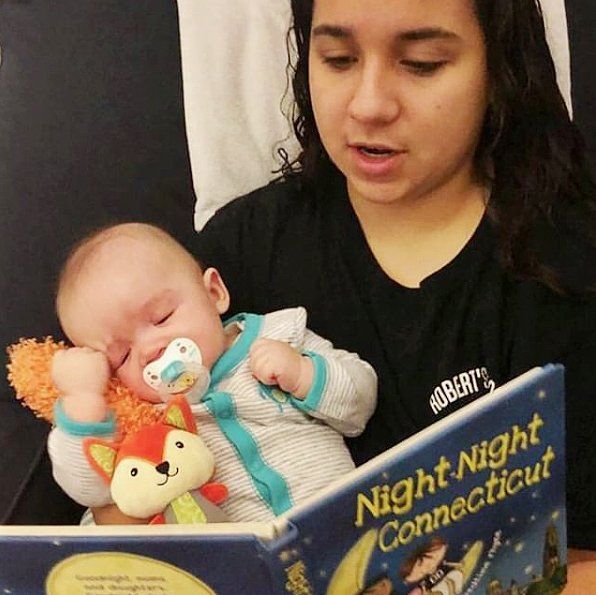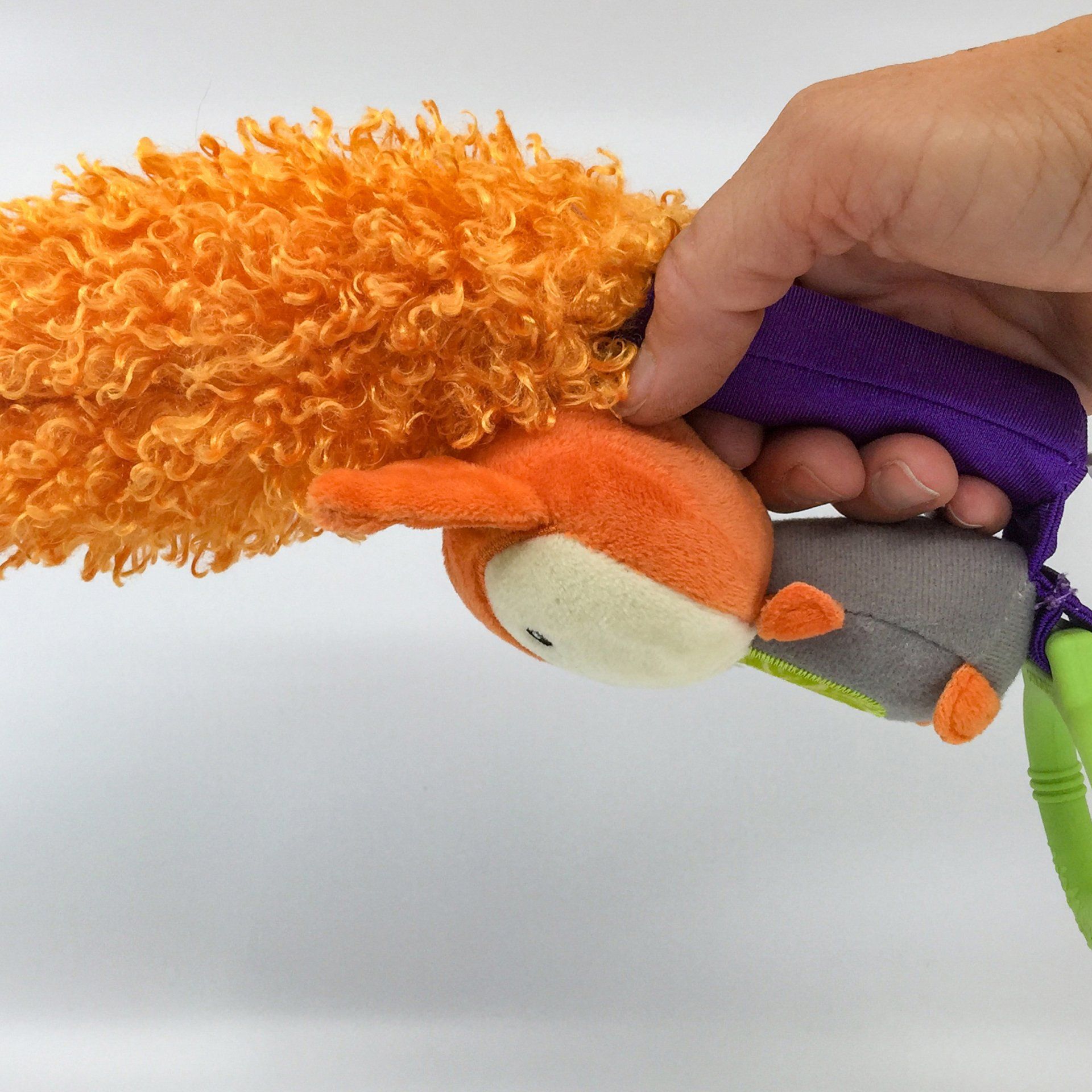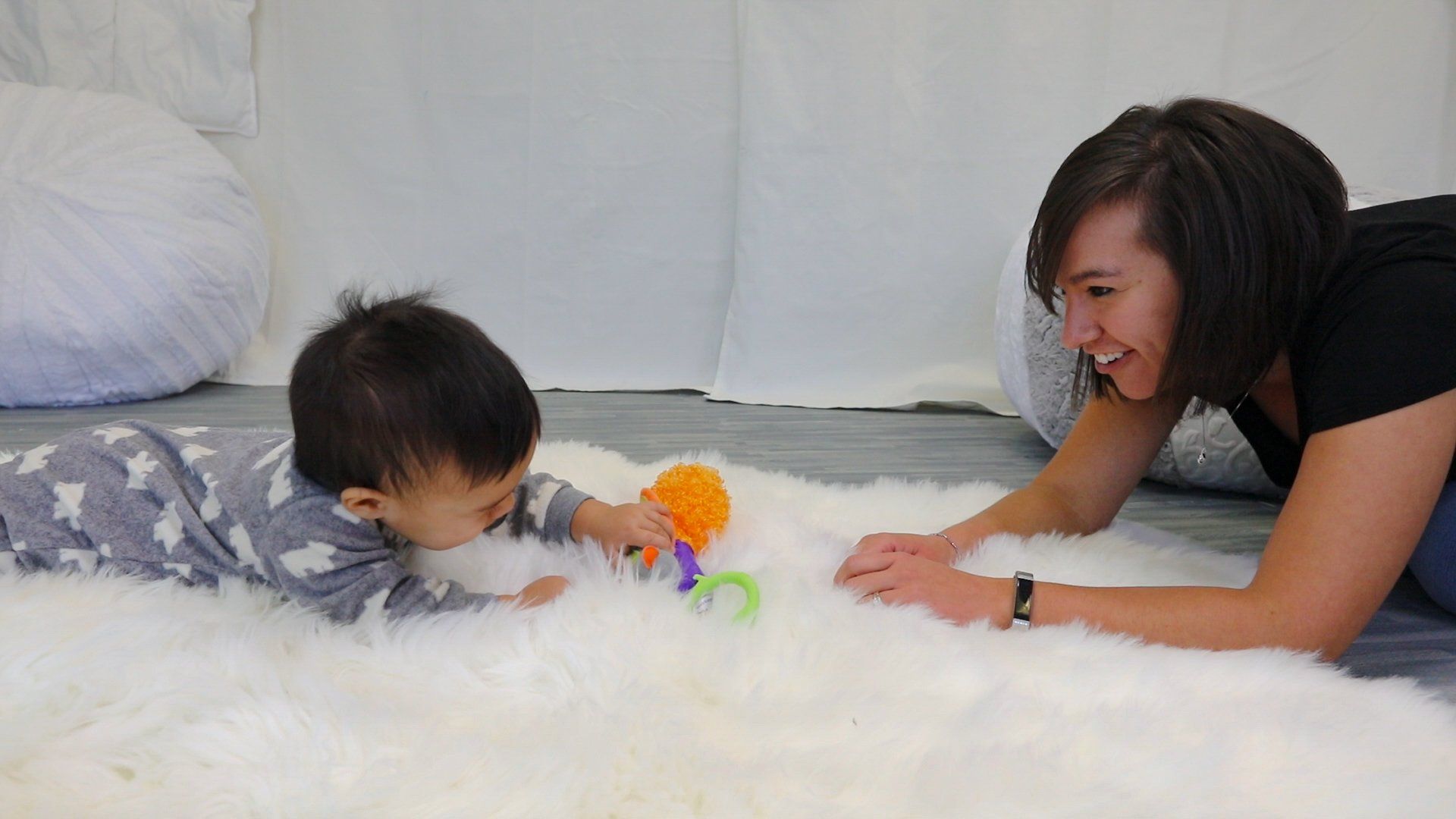Play Tip: READ A BOOK
William Donavan • October 14, 2020
Make the Most of Playing Together

This is an old fave at Yoee Baby HQ because we love how many parents intuit this. Maybe it's because we all have books we love? But, the science is in and it's wild. The roots of language are developing in a baby’s brain long before they start to talk. The more words your baby hears over time starting from the day they are born (if not before!), the more words they learn and the better they’ll ultimately be able to communicate with the world, so go ahead and start reading!
In the early months, hold your baby close as you read, talk and sing to them. While it will definitely take time for baby to understand exactly what you’re saying, the rhythm, tones and inflections of your voice will all be valuable for their learning. By 3-6 months of age, your baby will start to enjoy looking at mirrors and pictures of faces, shapes and colors. Enjoy as baby begins to make more sounds, reach out, and touch the pictures. Reading can also be a fun bonding activity for babies and their older siblings!

A baby’s earliest learning happens through their senses. Sensory play encourages baby to explore and investigate while building body awareness, motor skills, and helping form strong neural connections in the brain. Use a silk scarf, a feather boa, or a soft toy to lightly caress baby’s face and body. Baby may find these interactions calming and soothing or they may become more alert as they track the object and delight in a new sensation. Young babies often respond to touch with a full body reflex. If you tickle one foot, both feet may start to move and baby may start to squirm in response. As babies develop, they increasingly gain muscular control and control over their reflexes, allowing them to respond with more targeted responses. Gentle massage is another way to engage their senses while making them feel safe and loved.

Tummy Time is time for exploration and play. Tummy time is important for baby’s visual, motor, and sensory development. It also helps develop muscles in the neck, back, and shoulders. Getting started is as easy as introducing your newborn to even a short session of Tummy Time (3-5 minutes) when they are alert and well-rested. Over time, this can easily be increased, since there’s really no limit to Tummy Time other than making sure that it’s only done while you and baby are alert and engaged. Make Tummy Time fun by using rattles (not too loud), toys, and mirrors to encourage reaching and visual tracking. Get down on the floor at baby’s eye level. Baby loves your face! Sing a song to calm and soothe if baby gets fussy. Don’t forget to give baby lots of words of encouragement and smiles!

